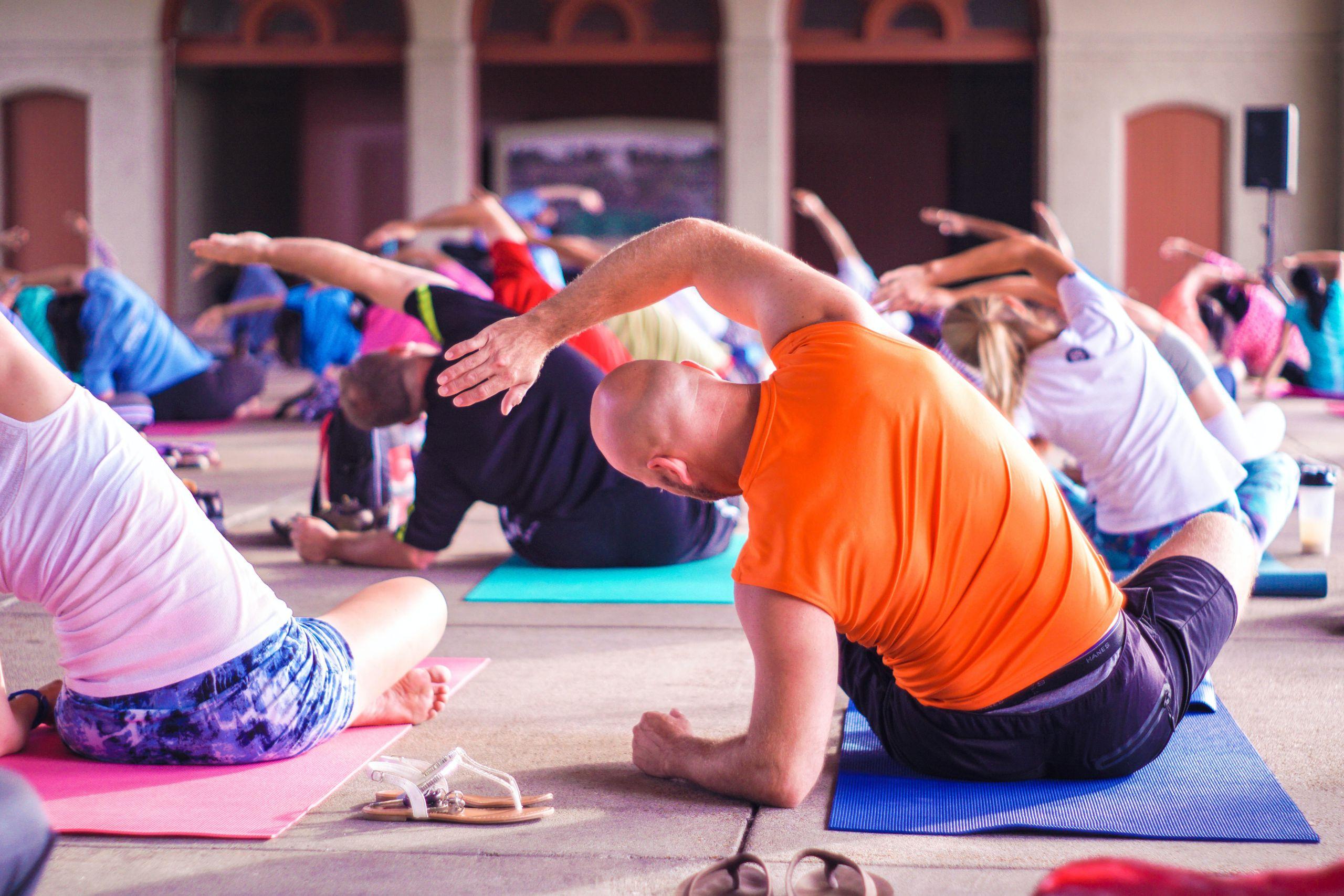Whether you’re a novice or serious runner, running related injuries are relatively common. Even though it’s a simple form of exercise, you may be surprised at how strenuous running actually is for your body. With each stride, your legs take the force of 2.5 to 3 times your body weight. Think about the number of strides you take in a typical run, and the amount of stress your bones and muscles take on – it’s no wonder injuries are so common. The severity of injuries can range from mild discomforts, to being out of commission for months – or even permanently. Though it’s difficult to completely prevent injuries altogether, there are several easy cautions and methods you can follow to minimize your risk.
Wear proper shoes
Wearing proper running shoes can reduce the risk of injury, as long as they fit properly, and are suited for your running style. They act as a cushion between you and the ground, you want them to absorb some of the shock your legs take each time they hit the ground. They affect your gait as well, and they may do so in a detrimental way if they don’t fit properly – leading to aches and pain in your feet.
When picking a pair of shoes, they should feel snug at the heel and have slight wiggle room around the toes. You can also go to a specialty running store to get the best fit possible.
Custom orthotics are an option as well. These are inserts for your shoes, tailored specifically to fit your feet and meet your needs. They are used to correct any misalignment in your feet and ankles, as well as treat different types of leg and foot conditions.
Run with proper form
Prolonged running with improper form can lead to injuries. Although form ranges based on personal preferences, there are a few things that everyone should keep in mind when running.
You want to run with good posture. Hunching your shoulders or arching your back while running may cause back aches. Tilting your head too far forwards or backwards will lead to neck and back pain as well. You want to keep your upper body straight, and head directly above your shoulders. This opens up your chest as well, making breathing easier.
With each stride, you want to avoid heel striking. Heel striking is when your heel is the first part of your feet to hit the ground. It happens when you take too long of a stride, causing your feet to land in front of your hips. This leads to putting unnecessary force on your body, causing excess wear and tear to your muscles and joints. You want to drive your strides forward with your knees and land midfoot instead.
Work on flexibility
You never want to stretch cold muscles. In the context of running, this means you shouldn’t stretch before you run. Your muscles aren’t warmed up yet and your muscles will actually tighten in response to being stretched during this time. Fighting against your body’s natural reflex by stretching anyways can very easily lead to injuries. You want to stretch after you’ve finished your run instead.
Working on your flexibility on a regular basis can help prevent injuries as well. Your stretching time doesn’t have to be limited to post-run. Taking time to do a bit of stretching or yoga everyday will help loosen up your muscles, making running safer and easier.
Be gradual with increases
Many running injuries come from over exertion. If you’re just starting out, you want to begin building your strength and endurance with short runs, in regard to time and distance. When increasing, it’s best to increase after a couple weeks of your current routine, then increase gradually over a week. For example, let’s say you run twenty five miles a week, in five hour increments five times a week. If you want to increase to thirty, you should increase by running in six hour increments five times a week, rather than adding all of the extra time to one or two days.
Additionally, when increasing time and distance, you don’t want to increase both in the same week.
Run on proper surfaces
As mentioned earlier, your legs take a significant amount of shock and force when you run. Ideally, you want the ground to absorb the shock instead. The surface you want to avoid as much as possible is concrete because of how hard it is and the damage it can do to your legs. Additionally, running on concrete most likely occurs when you’re running on the sidewalk along a road. You want to avoid that as well, since inhaling exhaust fumes from cars can lead to respiratory problems.
Ideally, you want to run on flat and reasonably soft surfaces. This includes grass, dirt, and asphalt. Be gradual when changing surfaces as well.
When in doubt, consult a professional
Lastly, injuries may be a bit of a nuisance, especially if they are small, but you shouldn’t ignore them. Without proper attention, they can quickly grow worse, significantly increasing the severity and recovery time. You can visit a physical therapist or a massage therapist who specializes in running injuries, and make sure to follow their advice.












